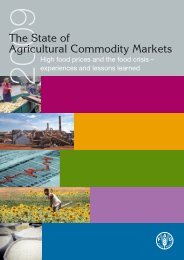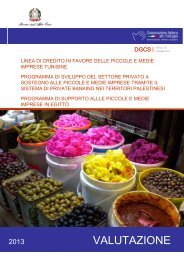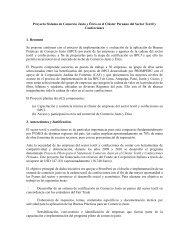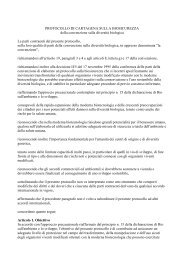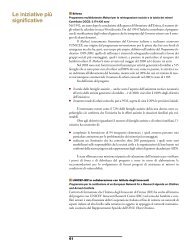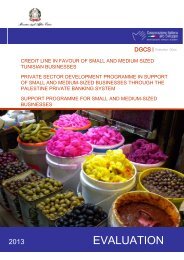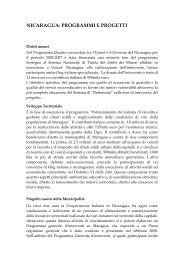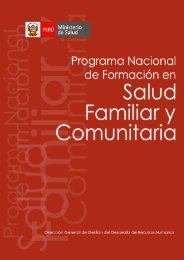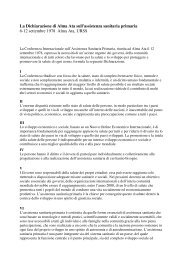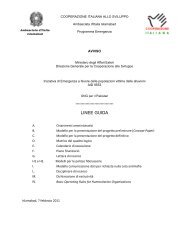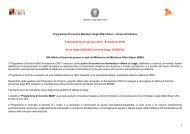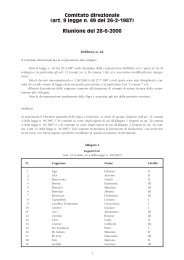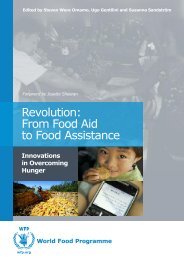FRONTESPIZIO - Cooperazione Italiana allo Sviluppo
FRONTESPIZIO - Cooperazione Italiana allo Sviluppo
FRONTESPIZIO - Cooperazione Italiana allo Sviluppo
Create successful ePaper yourself
Turn your PDF publications into a flip-book with our unique Google optimized e-Paper software.
6. Using indicators to measure the pharmaceutical sector in Ethiopia 816. USING INDICATORS TO MEASURETHE PHARMACEUTICAL SECTOR IN ETHIOPIAAndrea Gardellin, Abraham Gebre GiorgisHealth is a fundamental human right. Access to health care, which includes accessto essential medicines, is a prerequisite for realising that right. Essentialmedicines play a crucial role in many aspects of health care. If available, affordable,of good quality and properly used, medicines can offer a simple, cost-effectiveanswer to many health problems. In many countries medicine costs accountfor a large share of the total health budget. Despite the obvious medicaland economic importance of medicines there are still widespread problems withlack of access, poor quality, irrational use and waste. In many settings essentialmedicines are not used to their full potential.WHO. How to Develop and Implement a National Drug Policy; 2001.WHO Medicines Bookshelf 2004This article gives the results of the international assessment of indicators conductedbetween 2002 and 2004 (1), compared with various surveys and assessmentsdone in Ethiopia during the same period 2002-2003 (2, 3, 4).WHO pharmaceutical indicatorsThe Word Health Assembly (WHA) 54.11 Word Health Organization(WHO) medicines strategy acknowledged the four main objectives ofWHO’s medicines strategy, namely, to frame and implement policy; to ensureaccess; to ensure quality, safety and efficacy; and to promote rational useof medicines. To monitor the progress of efforts to improve the global medicinessituation, WHO has developed a system of indicators that measure importantaspects of a country’s pharmaceutical situation. Indicators measurethe existence and performance of key national pharmaceutical structures andprocesses and key outcomes of these structures and processes in the areas ofaccess, product quality and rational use.1. National Medicines PolicyIn 1975, the World Health Assembly in resolution WHA28.66 requestedWHO to develop means to assist Member States in formulating nationaldrug policies. Thus, WHO recommends that countries consider formulating,



